
A batch of new energy vehicles manufactured by Chery are lined up for delivery. (Photo/Xinhua)
Executives suggest ideas at two sessions to support growth of new energy vehicles
Auto executives have submitted proposals to promote the development of the industry during this year's sessions of the National People's Congress and the National Committee of the Chinese People's Political Consultative Conference.
NEV subsidies ended on Dec 31,2022, which resulted in a lackluster start for the market this year. According to the China Association of Automobile Manufacturers, sales of electric vehicles and plug-in hybrids fell 6.3 percent year-on-year to 408,000 units in January. The decline marked the end of a 30-month growth span that had remained unbroken since July 2020.
Feng Xingya, general manager of GAC Group and an NPC deputy, has urged the government to implement policies that will continue to support the purchase of NEVs. He suggested that subsidies be given directly to car buyers rather than manufacturers, and that vehicle purchase restrictions be optimized.
The CAAM's estimate for NEV sales in China this year is 9 million units, up from 6.89 million in 2022.
With more NEVs on the roads, the availability of charging infrastructure has emerged as a major concern for owners.
China now has a total of 5.2 million charging units, made up of 1.8 million public charging facilities and 3.4 million private ones, according to the statistics of the National Energy Administration. In 2022 alone, 650,000 public charging facilities and 1.9 million private ones were installed across China, demonstrating the government's efforts to improve infrastructure for NEVs.
Feng also highlighted the benefits of battery swapping as a method of vehicle energy supply, in addition to charging stations.
He proposed accelerating the deployment of national battery swapping infrastructure, introducing policies that support the adoption of battery swapping models, and providing incentives to automakers to build such models.
Zhu Huarong, president of Changan Automobile and an NPC deputy, noted that the uneven distribution of charging and battery swapping infrastructure has resulted in persistent concerns among users.
He suggested accelerating the construction of a multilevel network that integrates slow charging, fast charging and battery swapping. Also, he emphasized the need to provide greater support to the fast-charging and battery swapping sectors.
Zhu proposed that private charging facilities can be shared to ease concerns about energy replenishment, in efforts to create a more sustainable and user-friendly NEV ecosystem.
123Next >>|

Visitors watch an electric car getting its battery replaced during the 2022 World New Energy Vehicle Congress. [Photo/Xinhua]
Hydrogen power has garnered increasing attention from auto executives as well.
In 2022, China launched several demonstration and application projects for hydrogen fuel cell vehicles. Last year, 3,789 such vehicles were sold, more than doubling the figure in the previous year, according to the CAAM.
Jing Zhu, president of Haima Automobile and an NPC deputy, proposed that Hainan province in South China be included as a demonstration area for hydrogen fuel cell vehicles. He cited the region's island characteristics and abundant tourism resources as ideal conditions for promoting the use of hydrogen fuel cell vehicles.
He suggested that local companies be encouraged to participate in the industrial chain of hydrogen fuel cell passenger vehicles, including research, development and production, with subsidies provided.
Several carmakers, such as SAIC, Haima and Great Wall Motors, have introduced hydrogen-powered models, primarily for commercial use.
In June, Changan Automobile's new energy brand, Deep Blue, launched a hydrogen version of the SL03, making it the first mass-produced hydrogen fuel cell sedan in China.
The Hydrogen Council predicted that the number of hydrogen fuel cell vehicles will reach around 1 million globally by 2035, indicating significant market potential and development opportunities.
Gong Mingming, head of public relations at FTXT Energy Technology Co, said despite some technical hurdles, the sector has shown promising prospects in China. Hurdles include a lack of core technologies in key materials and components, incomplete industry chains and insufficient innovation in key technologies of the supply chain.
Gong believed that in the long run, the limitations of the hydrogen energy industry will decrease with breakthroughs in technology, localization of production and scale development. With the support of policies, the future prospects of hydrogen fuel cell vehicles are broad.
Another pressing issue that deputies are focusing on is the export of vehicles, as China's auto industry is striving for higher-quality development amid global competition.
According to the CAAM, China exported 3.1 million vehicles in 2022, up 54.4 percent year-on-year. Of them, 679,000 units were NEVs, which saw a climb of 120 percent year-on-year.
Yin Tongyue, president of Chery Automobile and an NPC deputy, suggested a reduction in import tariffs on vehicles and the development of tariff policies that promote reciprocity in trade. Such measures could ultimately lead to a decrease in export tariffs.
Zhang Xinghai, president of Seres and a CPPCC member, suggested facilitating carmakers' technological exchanges and participation in overseas exhibitions.
He also suggested reducing transportation costs by subsidizing freight rates and optimizing routes. This includes the opening of multiple ports for import and export purposes.
|<>|

Robots assemble a vehicle on a production line of GAC Aion, an NEV subsidiary of Guangzhou Automobile Group. [Photo/Xinhua]
|<








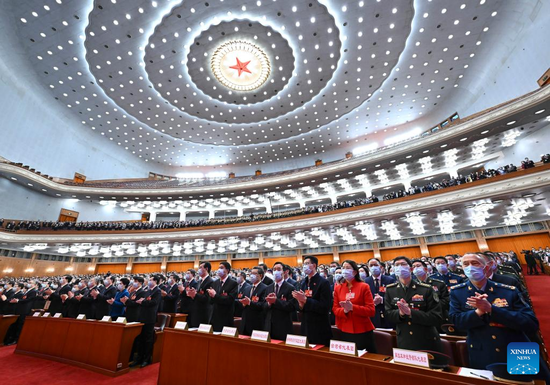
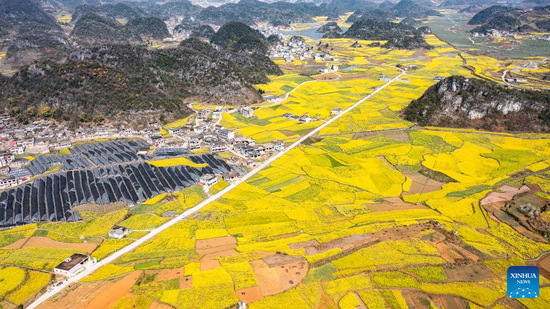
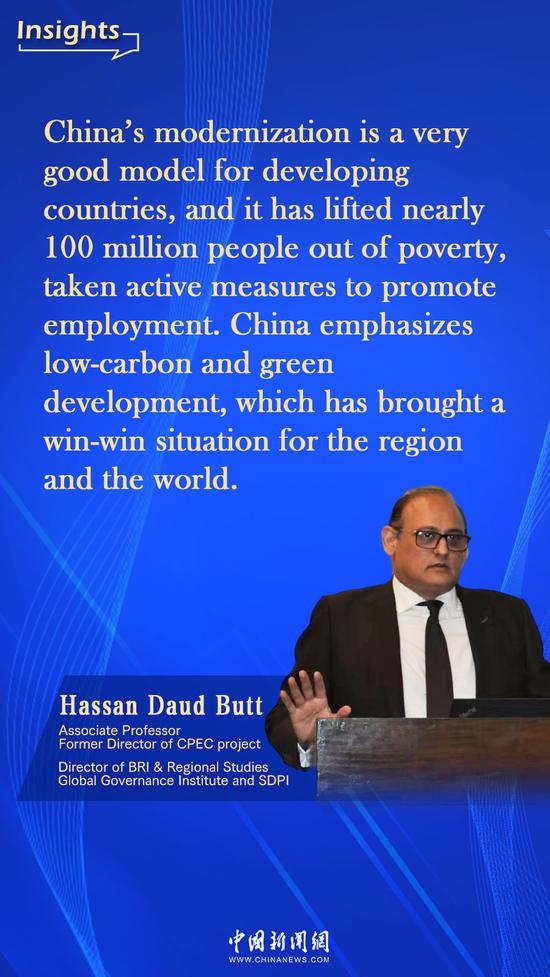
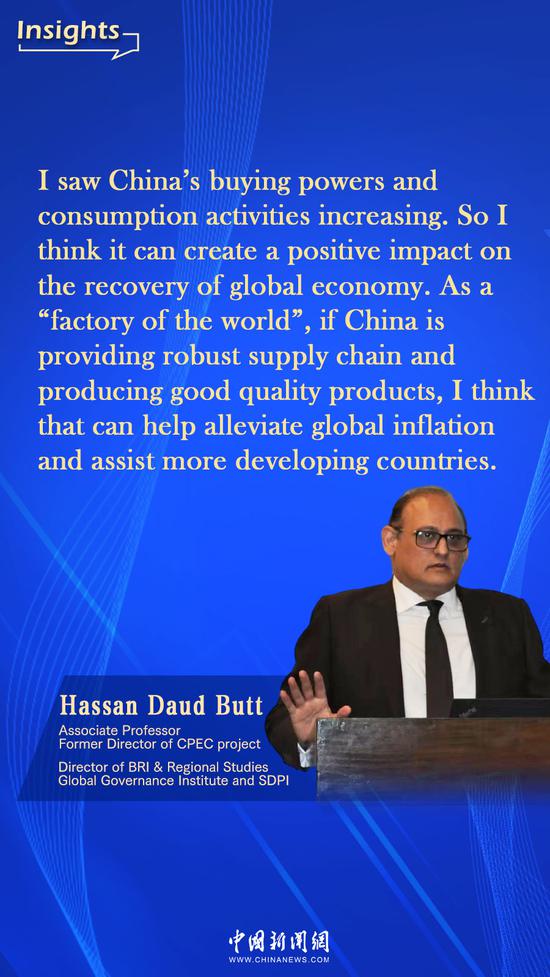
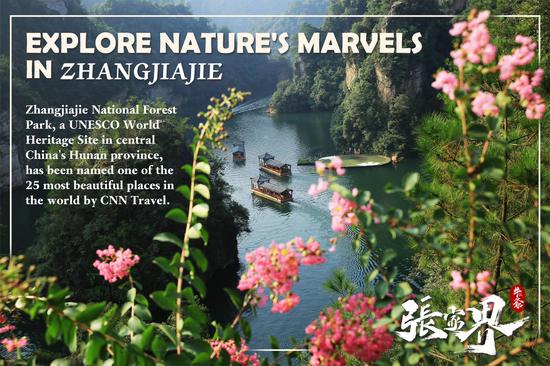


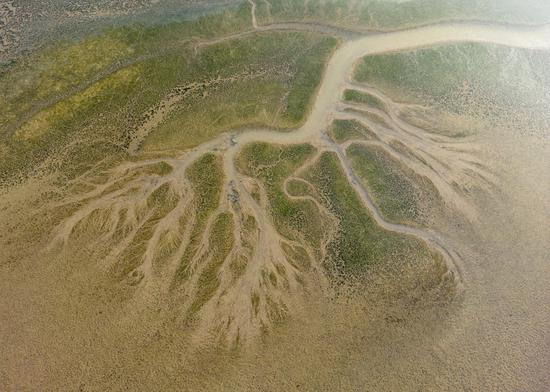
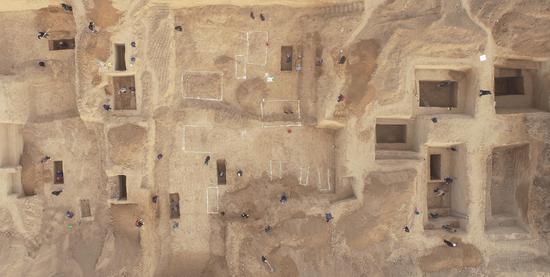
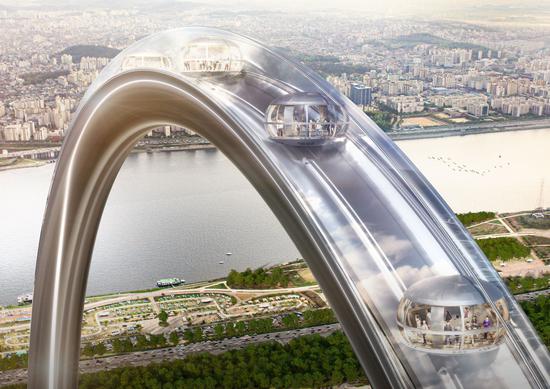
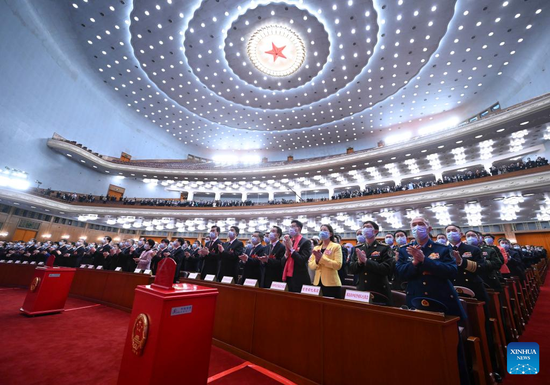
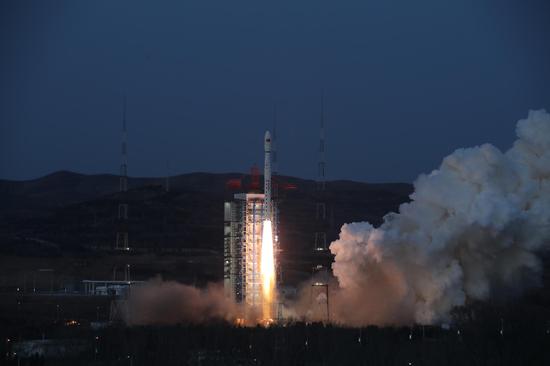



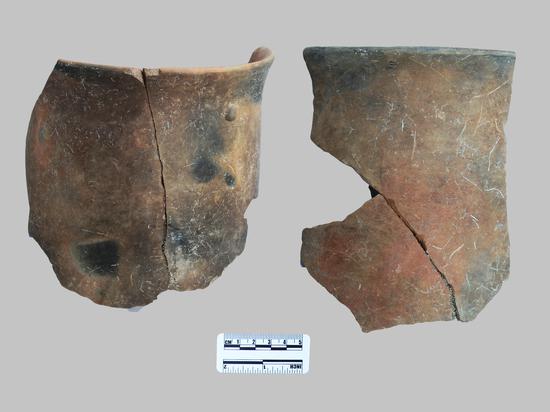
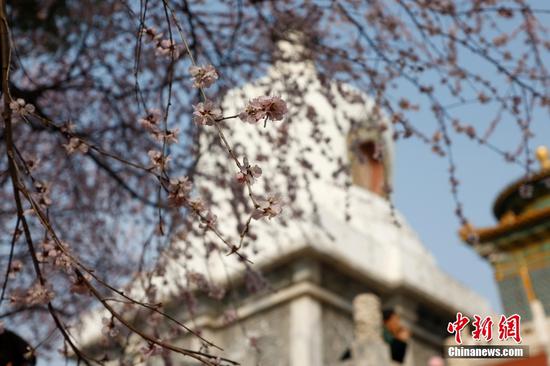
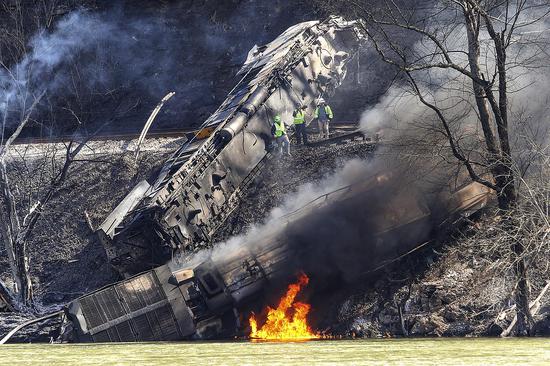

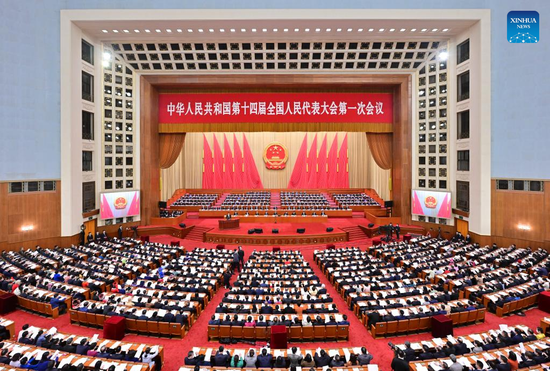
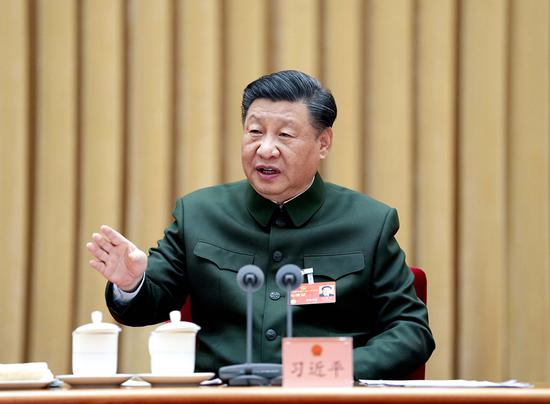
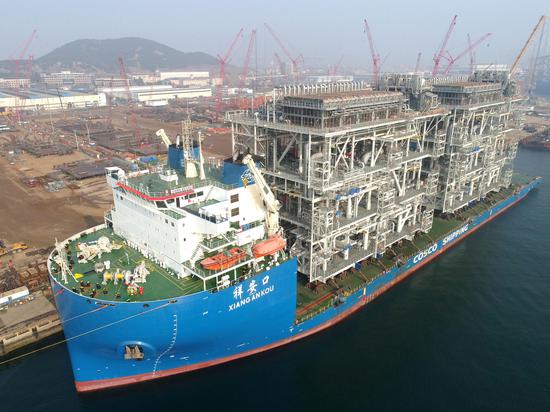
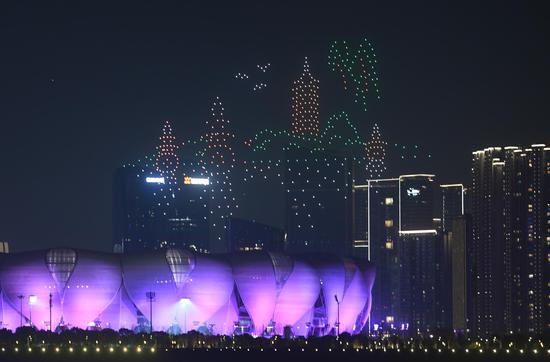


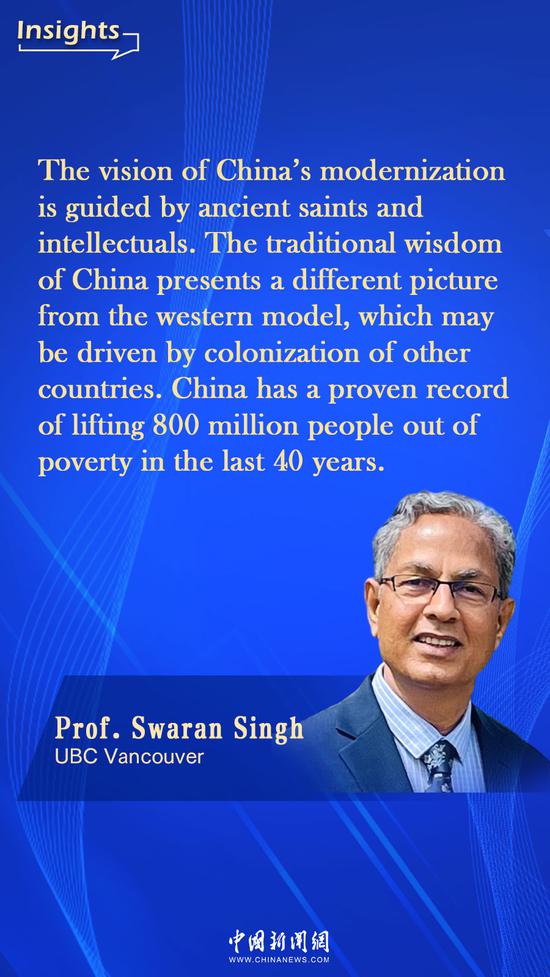
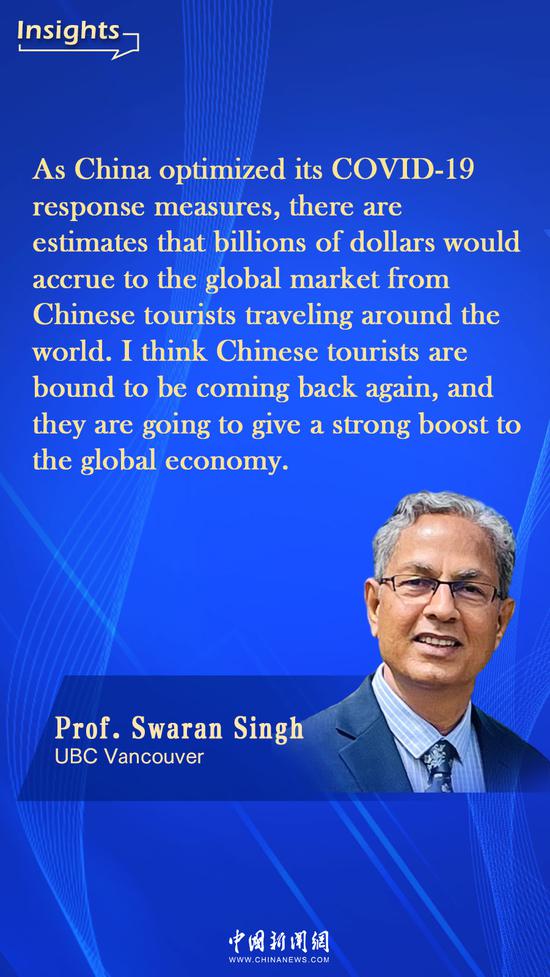
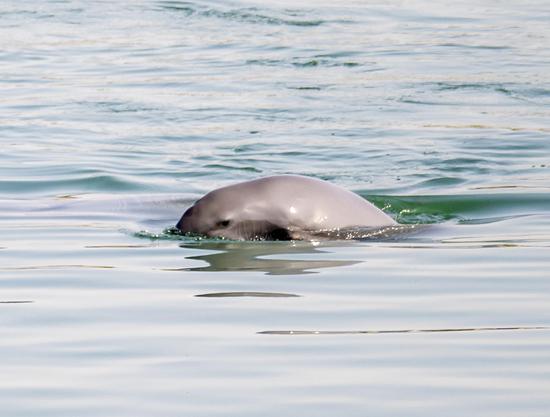
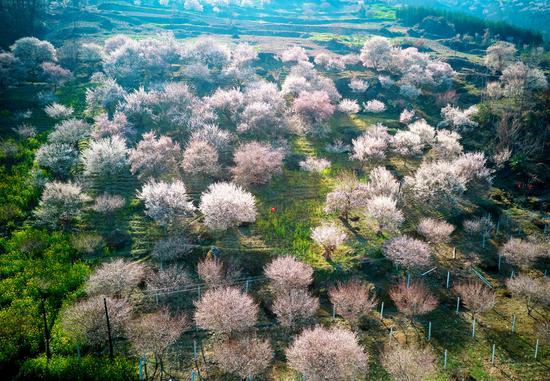
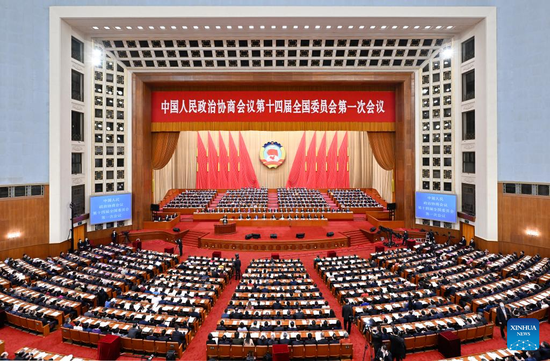
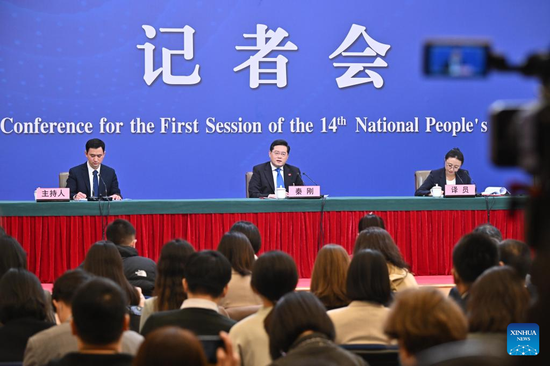
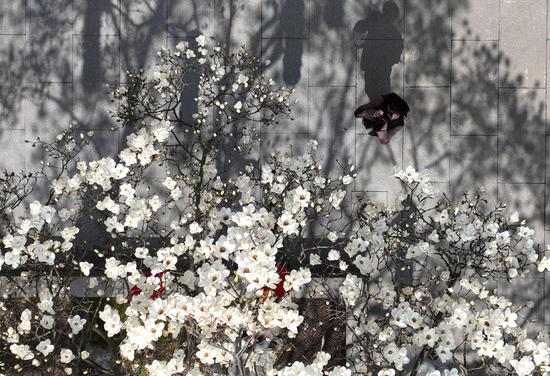
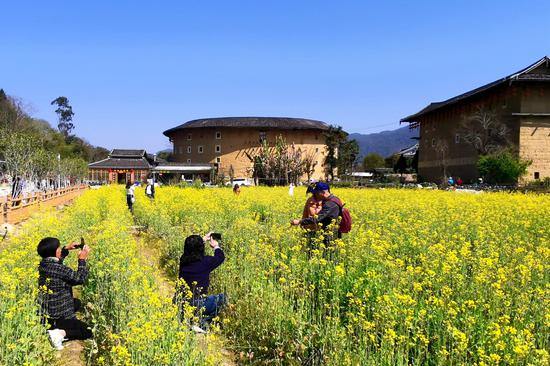

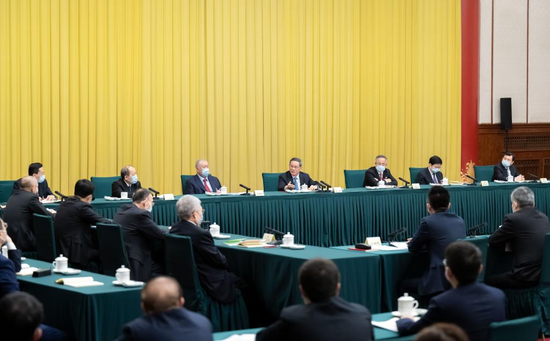
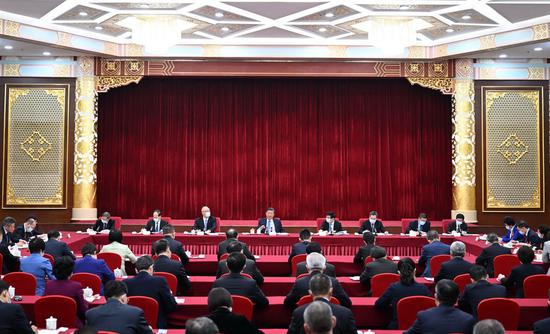





 京公网安备 11010202009201号
京公网安备 11010202009201号